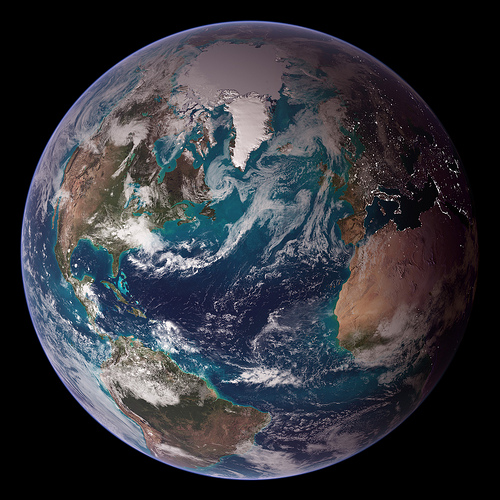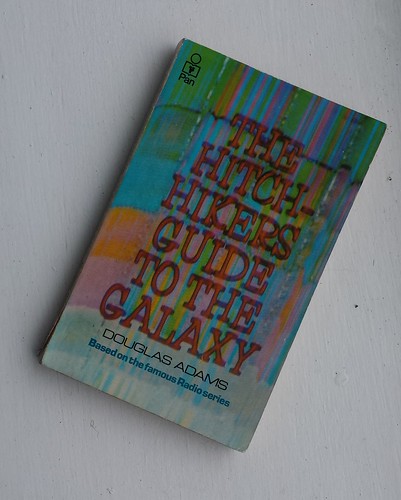Computer World
Douglas Adams’ “Hitchhiker’s Guide to the Galaxy” tells the story of the two most powerful computers ever made. The first, Deep Thought, was designed to figure out the meaning of Life the Universe and Everything. After 7,500,000 years of processing it came up with the concise but unedifying Ultimate Answer of 42. It then undertook the task of designing its successor, a computer sophisticated enough to calculate the Ultimate Question:
“… A computer which can calculate the Question to the Ultimate Answer, a computer of such infinite and subtle complexity that organic life itself shall form part of its operational matrix … Yes! I shall design this computer for you. And I shall name it also unto you. And it shall be called … The Earth.”
When I first heard this it seemed ridiculous. Now, almost 40 years on, I’ve realised it’s true.
It’s no longer correct to think of computers as discrete units. Computers have the property that when you connect two of them you get another computer, and so on. The network is the computer. The Apple in your hand, the Echo on your shelf, the chip in your shopping trolley — all combine to form a global connected device. And as Adams predicted, we ourselves form part of the operating system, constantly feeding data back in.

Douglas Adams’ insight puts software development into perspective. True: we no longer print our product on silicon or ship it in boxes, and yes: we accept construction is not the right metaphor, but: nor is production. Professor Dave Snowden talks about entanglement — think of a system growing like brambles in a thicket. He emphasises what’s natural, evolutionary and human. Object oriented design lost out when it narrowed its focus. Remember, people are objects too. The world is our platform.
